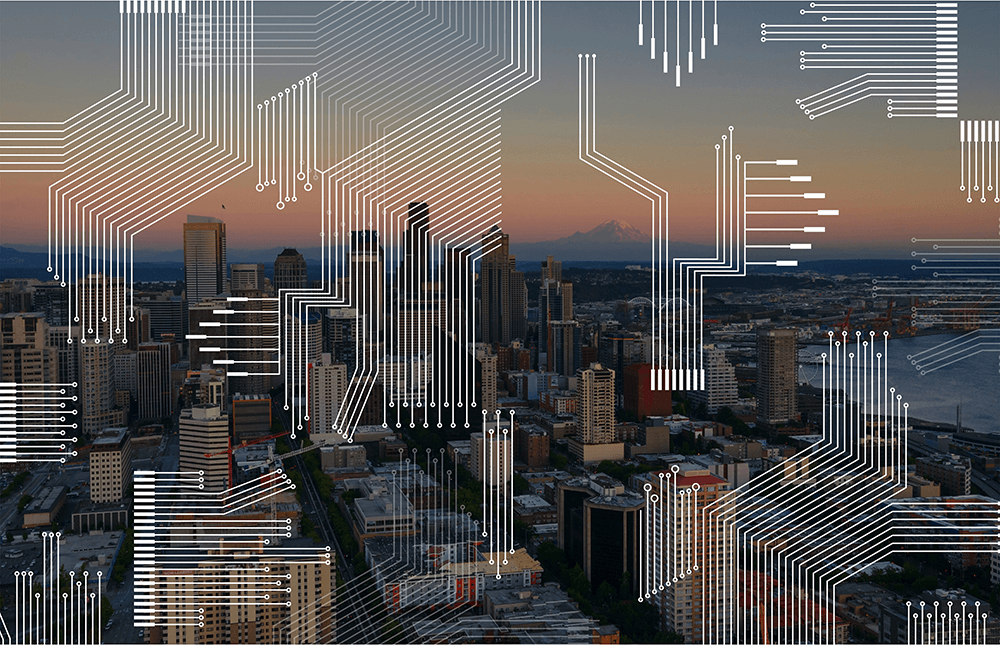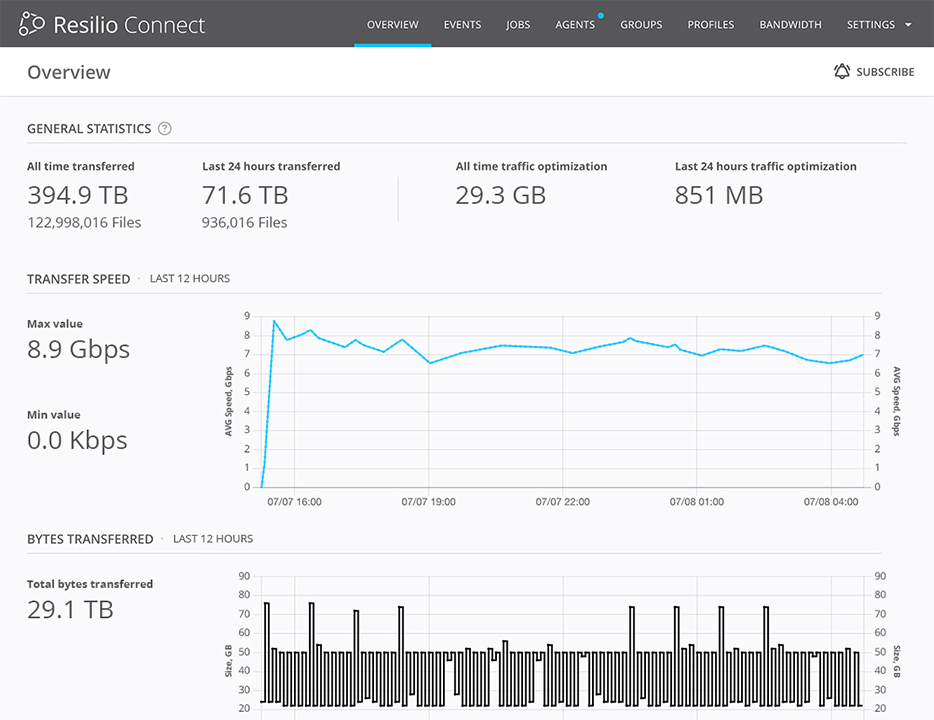And why the Edge Computing revolution is delayed
Moore’s Law, which states that computer power doubles every two years at the same cost, is arguably the single driving force behind the technology revolution of the last 40 years. It is a modern miracle enjoyed by everyone on the Internet, whether they realize it or not.
It’s the reason the phone we carry in our pocket is more powerful than the supercomputers of the prior generation. It’s also the reason those relative supercomputers are cheap enough to be mass market consumables in the pockets of billions of people.
After all, that’s what Moore’s Law predicts. Year in and year out, the tech industry has experienced relentless and exponential price compression and power increases. And now, those predicted gains, like compound interest, have reached a point where computing has become so cheap and pervasive that we’ll find computers almost everywhere we look.
Billions of them. According to Gartner, there will be 20.8 billion connected “things” by 2020.
And then we’ll see more.
No industry, large or small, old or new, will be spared the disruption (and opportunity) brought about by cheap and ubiquitous computing. That’s the miracle of Moore’s Law, a force now primed to unleash a new wave of heretofore impossible innovation at the edge of the network—the universe of internet-connected devices and gateways sitting in the field.
Or so it would seem.
Maximizing the potential of edge computing
To realize the full potential of this connected world at the edge requires a network. Because an exponential increase in computers or “things” means an exponential increase in data. And when computers are connected together, they become exponentially more powerful again. [The seventh annual Cisco Global Cloud Index (2016-2021) found that the total amount of data created (and not necessarily stored) by any device will reach 847 ZB per year by 2021, up from 218 ZB per year in 2016. Data created is two orders of magnitude higher than data stored. The index also forecasted that the amount of Internet Protocol (IP) traffic per month would grow at a compound annual growth rate (CAGR) of more than 100 percent between 2014 and 2019.
It’s going to take a lot of network. It will require an exponentially more powerful network to keep pace with an exponentially increasing number of exponentially more powerful computers.
It is when we build them, we realize how networks are different from the things we connect to them.
The challenge with networks
Networks are infrastructure. And infrastructure doesn’t grow the same way that computing power does. Networks obey different laws and regulations and face mismatched incentives that ensure we’ll never quite have enough of them in the same way we never quite have enough lanes on the highway during rush hour.
The backhoe that is laying fiber in your neighborhood, or building the nearest cell tower, is under no obligation to obey Moore’s Law—to double in productivity every 18 months (the historical rate at which Moore’s Law states that computing becomes more powerful).
In fact, at times, it seems that backhoe does less work this year than last.
The edge computing revolution relies on connectivity
If backhoes complied with Moore’s Law, then edge computing is a revolution that would already have happened (and a lot more as well!) The computing power of edge devices grows in capability and sophistication at a speed greater than the network they are connected to.
As it stands, to bring about this revolution at the edge, requires new ways to efficiently use whatever infrastructure we’re fortunate enough to have. We’ll need to reliably and resiliently move data to and from things at the Edge over any network that happens to be available.
The challenge: deliver faster, more robust, and massive connectivity
And thus, the challenge at the edge is fundamental to fulfilling its potential. There is no easy fix.
But we do have the means to make it happen. That’s the mission Resilio was founded to undertake. No less a mission than to reach the full potential of Moore’s Law at the edge of a network that steadfastly refuses to obey it.






